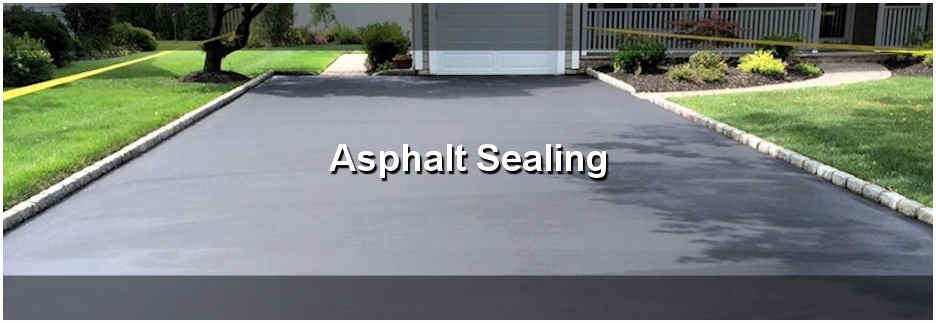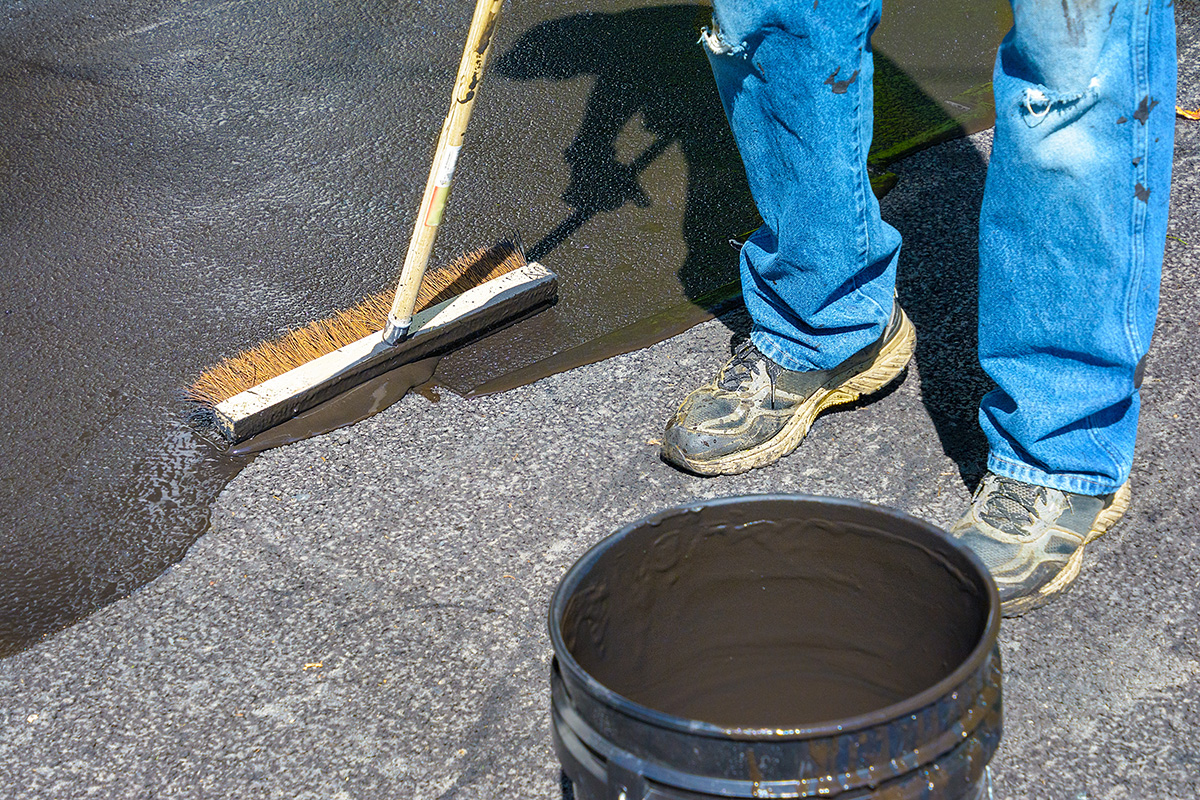Hot Mix Asphalt: A Sustainable Service for Pavement
Warm Mix Asphalt (HMA) has arised as a leading lasting choice for sidewalk services, offering a myriad of ingenious innovations and ecological advantages. As the need for green building practices expands, exploring the subtleties of HMA's sustainability can provide beneficial insights right into the future of pavement options.
Ecological Benefits of Warm Mix Asphalt

In Addition, Hot Mix Asphalt helps to alleviate metropolitan warm island results. Its dark shade soaks up sunshine, minimizing the amount of warm reflected back right into the atmosphere contrasted to lighter-colored sidewalks. This can lower ambient temperature levels in urban areas, lowering the demand for a/c and inevitably reducing energy intake.
Furthermore, Warm Mix Asphalt contributes to boosted stormwater monitoring. Its porous nature permits water to recharge and infiltrate the pavement groundwater materials, reducing runoff and the danger of flooding. These environmental benefits make Warm Mix Asphalt a lasting option for leading highways and roads.
Power Efficiency in HMA Manufacturing
Is power performance a critical element in the production of Warm Mix Asphalt (HMA)? Energy plays a considerable role in the production of HMA, impacting both price and environmental sustainability. One crucial element of power effectiveness in HMA production is the usage of warm mix asphalt (WMA) modern technologies.
In addition, improvements in plant technologies have actually caused more energy-efficient HMA manufacturing processes. Modern plants are made with functions like recycled asphalt sidewalk (RAP) processing capacities, effective heater systems, and enhanced insulation, all adding to energy financial savings. By enhancing power usage in HMA manufacturing, the industry can minimize its carbon footprint while preserving top quality sidewalk materials. Power performance is, as a result, a crucial factor to consider in ensuring the sustainability of Warm Mix Asphalt production.
Recyclability of Warm Mix Asphalt
The recyclability of Hot Mix Asphalt (HMA) is a critical facet of its sustainability and long-term environmental effect. HMA is among one of the most recycled products in the United States, with over 100 million lots of reclaimed asphalt sidewalk (RAP) being recycled yearly in brand-new pavement building and construction. Recycling HMA provides several ecological benefits, such as lowering the demand for virgin materials, lowering energy usage during production, and reducing the quantity of waste sent out to garbage dumps.
The procedure of reusing HMA entails crushing the existing sidewalk, squashing it right into smaller sized items, and blending it with brand-new accumulation and asphalt binder to produce a recycled mix. This recycled mix can often carry out in addition to and even far better than standard HMA, while requiring fewer raw materials and producing lower greenhouse gas exhausts. By including RAP right into brand-new pavement tasks, road companies can conserve natural deposits, minimize prices, and decrease the ecological footprint of road building and construction and maintenance activities. Overall, the recyclability of HMA plays a considerable function in promoting sustainable methods within the pavement market.

Long-Term Performance of HMA
Asphalt pavements show sturdiness and strength over an extended duration, reflecting the lasting performance of Warm Mix Asphalt (HMA) news Additionally, improvements in HMA technology, such as the usage of polymer-modified binders and warm mix asphalt, have further improved the resilience and long life of HMA sidewalks. By focusing on top quality building and upkeep techniques, HMA continues to verify itself as a economical and lasting solution for lasting sidewalk facilities.

HMA: Durability and Sustainability
Showing both resilience and sustainability, Warm Mix Asphalt (HMA) has actually ended up being a foundation in the building and construction of long-lasting sidewalk facilities - angled parking. HMA's longevity comes from its capacity to stand up to hefty tons, rough weather condition problems, and high traffic quantities, making it a dependable selection for roadways, highways, and airport terminal runways. The structure of HMA, which commonly includes accumulations, binder, and filler, plays an essential function in boosting its longevity and resistance to use and tear
Furthermore, HMA's sustainability hinges on its recyclability and energy-efficient manufacturing process. The capability to recycle redeemed asphalt sidewalk (RAP) in new HMA blends lowers the demand for virgin materials and decreases the environmental influence of pavement construction and upkeep. Furthermore, the power performance of creating HMA depends on its reduced mixing temperature levels compared to various other sidewalk materials, causing reduced power intake and greenhouse gas emissions.
Final Thought
In final thought, warm mix asphalt (HMA) supplies a lasting remedy for sidewalk with its eco-friendly characteristics. HMA's recyclability, energy efficiency in production, and long-term sturdiness make it a green selection for roadway building and construction. By preserving all-natural sources, minimizing waste, and reducing greenhouse gas discharges, HMA plays a vital role in advertising sustainability in facilities advancement. Its ability to mitigate city warmth island results additionally highlights its significance in creating resistant and eco mindful pavement systems.
HMA is one of Continued the most recycled products in the United States, with over 100 million loads of reclaimed asphalt sidewalk (RAP) being recycled yearly in brand-new pavement construction.The procedure of reusing HMA includes crushing the existing pavement, squashing it into smaller sized pieces, and blending it with new accumulation and asphalt binder to create a recycled mix.Asphalt sidewalks demonstrate useful site longevity and durability over an extensive period, mirroring the long-term efficiency of Hot Mix Asphalt (HMA) Furthermore, advancements in HMA modern technology, such as the use of polymer-modified binders and cozy mix asphalt, have better improved the resilience and long life of HMA pavements. The capacity to reuse redeemed asphalt pavement (RAP) in brand-new HMA mixtures lowers the demand for virgin products and reduces the ecological impact of sidewalk construction and upkeep.